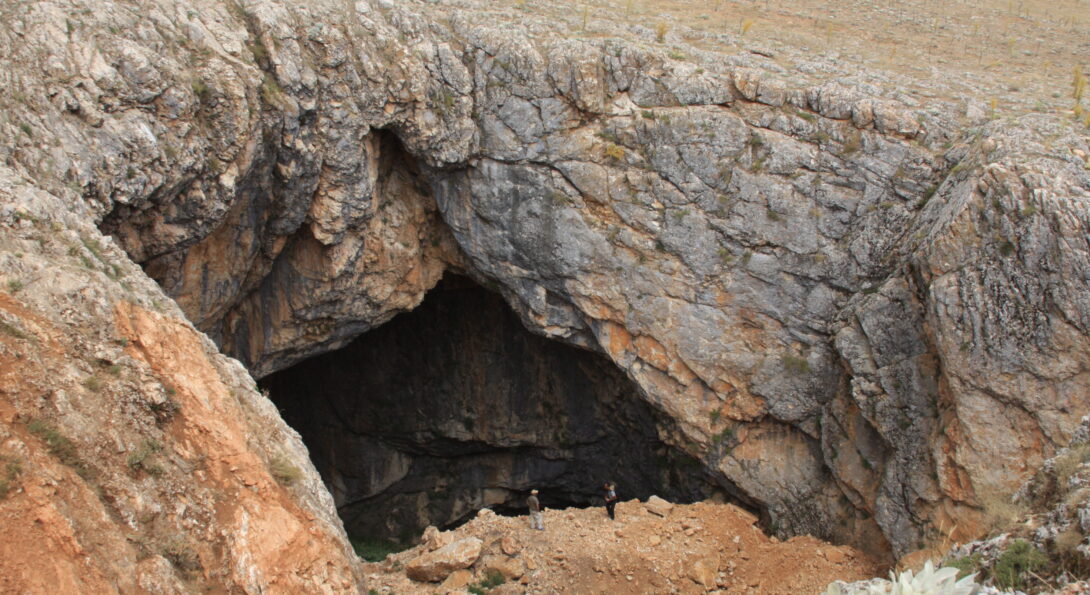Professor Ömür Harmanşah published a book chapter in Rethinking Heritage in Precarious Times Coloniality, Climate Change, and Covid-19

Introduction
Professor Ömür Harmanşah just published a book chapter in Rethinking Heritage in Precarious Times Coloniality, Climate Change, and Covid-19, edited by Nick Shepherd and published by Routledge (July 2023).
Professor Harmanşah's chapter is titled "Rural Landscapes, Extraction, and Heritage Violence in the Middle East" and can be downloaded here on his Academia page. He writes:
"In this contribution, I discuss the various forms and levels of heritage violence that is taking place in an accelerated pace in the Turkish countryside in the last two to three decades under late capitalism. Performing archaeological fieldwork in Turkey since the early 1990s, one observes dramatic changes in the overall management of the countryside by the state and, in a related way, the status and the treatment of cultural heritage. This work derives from my field practice of landscape archaeology and architectural documentation with an eye for the politics of ecology and contested cultural heritage. By cultural heritage in this context, I refer primarily to archaeological artifacts, monuments, sites, landscapes, and other forms of material culture associated with the deep past but very much in the thick (politics) of the present. I include prominently here the ancestral (rural) landscapes of belonging, whether they are agricultural, pastoral, or geological. I find it unproductive and slightly misleading to classify heritage as tangible vs. intangible, because I consider the material worlds of cultural heritage as a sensorial assemblage, layered with materialities and entangled meanings, practices, stories, and histories. The tangible/intangible split seems very much like a Cartesian binary that cuts through an otherwise entangled whole. More specifically, I am interested in the variety of practices of heritage violence in the contemporary Middle Eastern countryside, which I characterize as forms of heritage injustice. The debates on heritage justice highlight the intimate connection between human rights and cultural heritage, characterize heritage work as work towards a form of social justice, and evoke the necessity and potentiality of future considerations of reparations. Thinking about heritage is particularly helpful when justice is not just imagined from the perspective of human individuals and communities, but symmetrically extended to non-human bodies with agency, tangled with human histories, such as a monument, a lake, a river, a mud volcano, or a cultural artifact from the past."